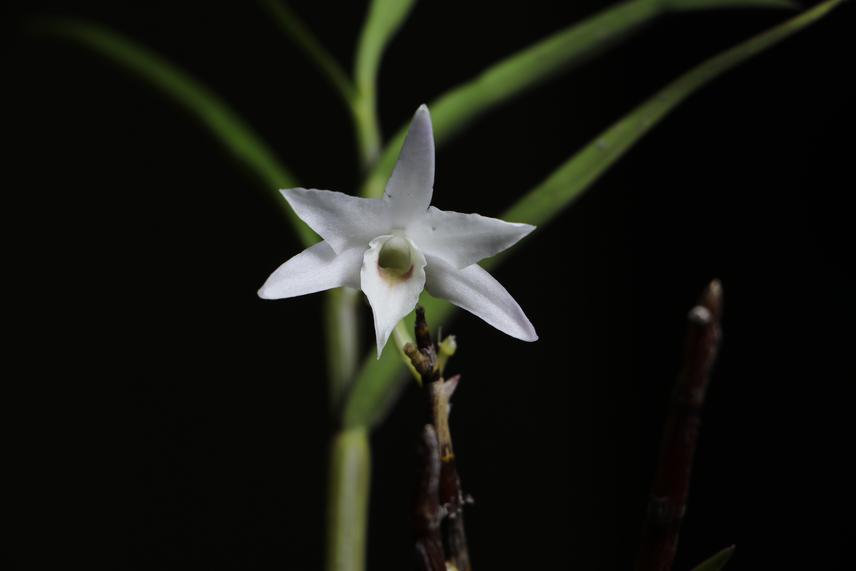Reshu Bashyal
The illegal wildlife trade is one of the key threats to species survival and its regulation and monitoring are dependent on accurate species identification. Plants are particularly difficult to identify which is aggravated when trade parts like stems, roots, etc. are dried and processed. Species identification is key to monitoring, detecting, and regulating wildlife trade but frontline officials and key stakeholders often lack this skill. The limited capacity of enforcement officials to identify plant parts in the trade is reflected in some literature and there are some attempts to address them. However, most of the available studies around plant identification focus on morphology so are the identification guides. There are also some attempts from management authorities, e.g., the identification guides for orchids developed to train border inspectors in Thailand and a mobile application, ROUTES developed to facilitate trade detection of wild animals in Nepal. These attempts are commendable but inadequate. Also, there are no assessments of the intervention and capacity of frontline officers to identify species.

Flower of the Dendrobium moniliforme.
In this context, this research aims to:
1) understand the extent of species identification issues amongst key stakeholders,
2) train key stakeholders on species identification, and
3) assess the effectiveness of species identification training - with reference to a selected group of plants threatened due to commercial trade and for which there are issues around identification.
The study will help us understand the context for the occurrence of species misidentification. This will also provide quantitative and qualitative data on the effectiveness of capacity-building intervention via pre-post surveys (match-mismatch experiments) at certain time intervals. All this will be useful to understand the time period as the best time for memory retention for future intervention. The information will be helpful to improve the knowledge of enforcement bodies regulating harvest and trade, e.g., the Wildlife Crime Control Bureau, and forensic agencies.
Header: Trade part of the Dendrobium sp.